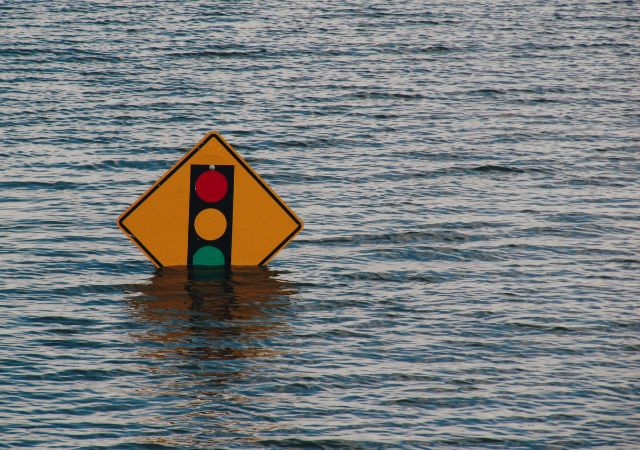When it comes to natural disasters, especially tropical storms and hurricanes, flood preparedness is key. This is because flooding is one of the most common and destructive occurrences with extreme tropical weather. Floods can happen anywhere, at any time, and can cause significant damage to homes, businesses, and infrastructure. Being prepared for a flood can help keep you and your loved ones safe, and minimize damage to your property.
A flood safety checklist is an essential tool for anyone living in a flood-prone area. It can help you prepare for a flood, and ensure that you have everything you need to stay safe and comfortable during and after a flood. A good flood safety checklist should include items such as emergency supplies, evacuation plans, and important documents, among other things.
In this article, we will provide you basic steps on how to prepare for a flood. We will cover the essential items you need in your flood kit, how to create an evacuation plan, and what to do before, during and after a flood. By following this guide, you can be confident that will be prepared for any flood that comes your way.
Understanding Floods
Floods can be caused by heavy rainfall, overflowing rivers, storm surges, and tsunamis. Understanding floods can help you prepare for them and minimize the damage they cause. Here are some important facts to help you gain a better understanding of floods and flooding:
What Causes Floods
Floods can be caused by several factors. Some of the most common causes are:
- Heavy rainfall
- Overflowing rivers and streams
- Storm surges caused by hurricanes or other severe storms
- Tsunamis caused by earthquakes or other underwater disturbances
Types of Floods
There are different types of floods, and they are classified based on the cause, severity, and duration. Some of the most common types of floods include:
| Type of Flood | Cause | Severity |
|---|---|---|
| Riverine Floods | Overflowing rivers and streams | Moderate to severe |
| Flash Floods | Heavy rainfall or sudden release of water from a dam or levee | Severe |
| Coastal Floods | Storm surges caused by hurricanes or other severe storms | Moderate to severe |
| Tsunamis | Underwater disturbances such as earthquakes or volcanic eruptions | Severe |
Flood Severity Levels
Floods can be classified based on their severity levels, which correlate to the potential damage they can cause. Here are the different levels of flood severity:
- Minor flooding: minimal or no property damage, but possibly some public threat or inconvenience.
- Moderate flooding: some inundation of structures and roads near streams and rivers, but some evacuations may be necessary.
- Major flooding: extensive inundation of structures and roads near streams and rivers, and possibly significant evacuations.
- Catastrophic flooding: extensive and severe inundation of structures and roads near streams and rivers, and possibly significant evacuations.
Warning Systems
One of the core aspects of flood preparedness is understanding the warning systems. Warning systems are used to alert residents and first responders of expected bad weather and flooding. It is important to note the terms that may be used in weather alerts and have a clear understanding of what the terms mean. These terms will be useful in determining how you should respond.
- Flood Watch: Flooding is possible.
- Flash Flood Watch: Flash flooding is possible.
- Flood Warning: Imminent threat where flooding is already occurring or will occur soon.
- Flash Flood Warning: Imminent threat where flash flooding is already occurring or will occur soon.



